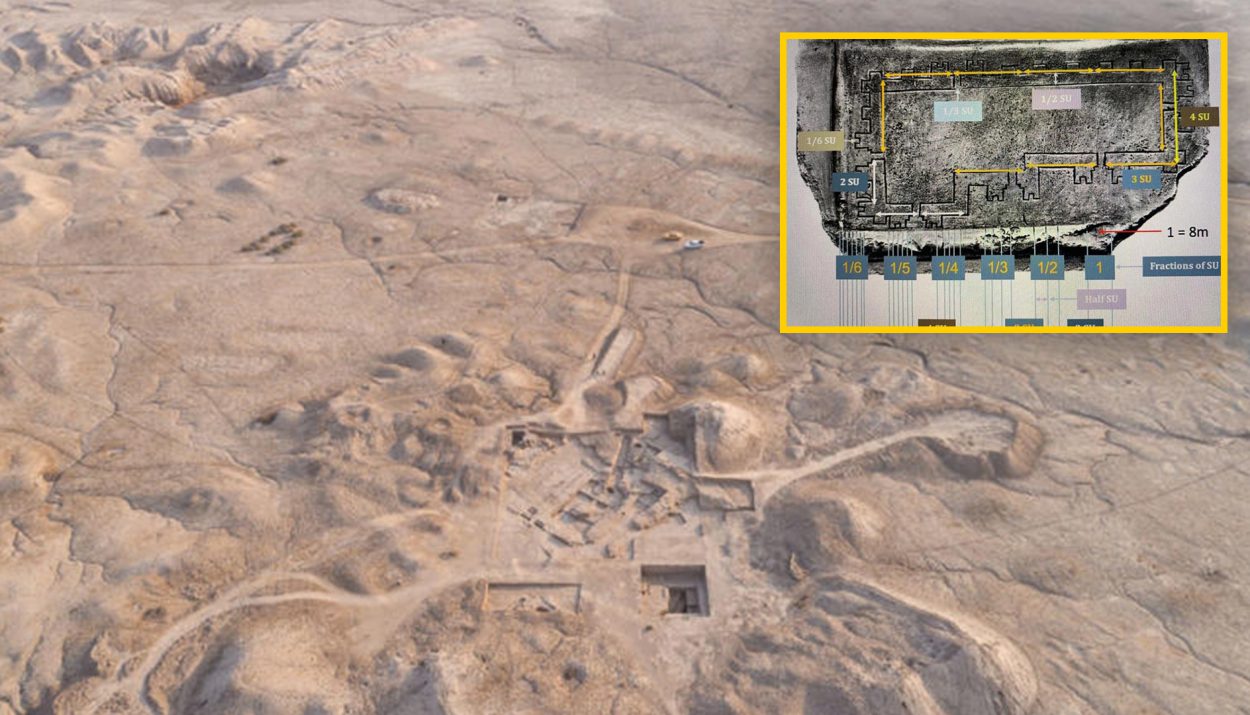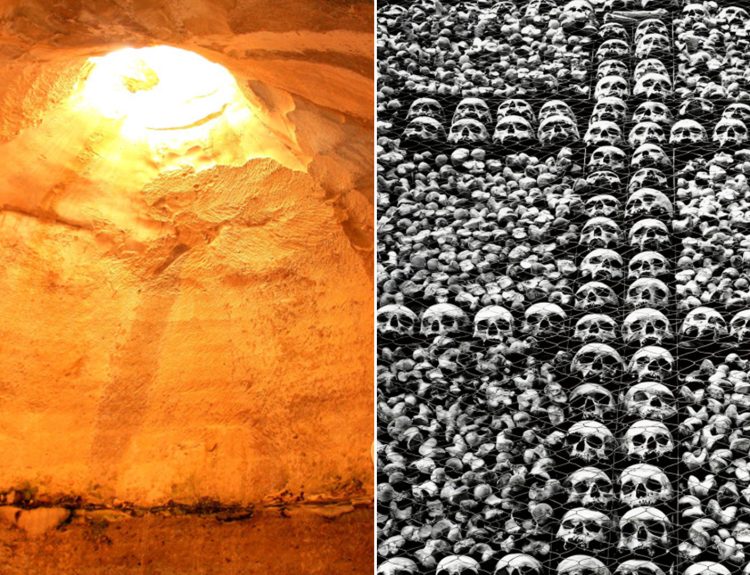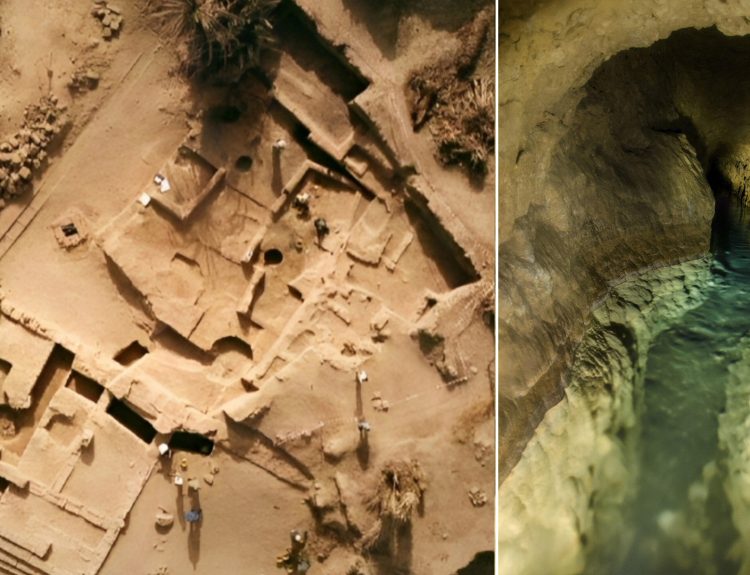The so-called “sacred code” – depicted on a 4,000-year-old statue of a Sumerian leader named Gudea – has finally been cracked after nearly a century and a half of deciphering attempts. The information included on the statue tells us that the Sumerian people were skilled at developing architectural plans and constructing large-scale buildings from these plans.
Cracking this code is monumental in itself, but in doing so the researchers made a startling discovery. The code for building measurements is echoed in building instructions in the Bible. Since the Sumerian culture is much older, it appears that the authors of the Bible may have borrowed this information.
Who Were the Sumerians?
One of humans’ first cultures, the ancient Sumerians of Mesopotamia – now modern-day Iraq –lived around the year 4000 BC. The Sumerians were credited with developing a number of things that helped establish the framework for subsequent civilizations.

The ancient Sumerians, for example, were the first known culture to have a written language. They built canals and irrigation systems to control the flow of water and improve their farming techniques. They also had a series of laws to help govern their city-states. As we will see next, they also dabbled in mathematics.
Sumerian Math
The people of ancient Sumer also made great advancements in mathematics, which they used for record keeping, finance, and architecture. They used a base-60 numerical system known as sexagesimal.
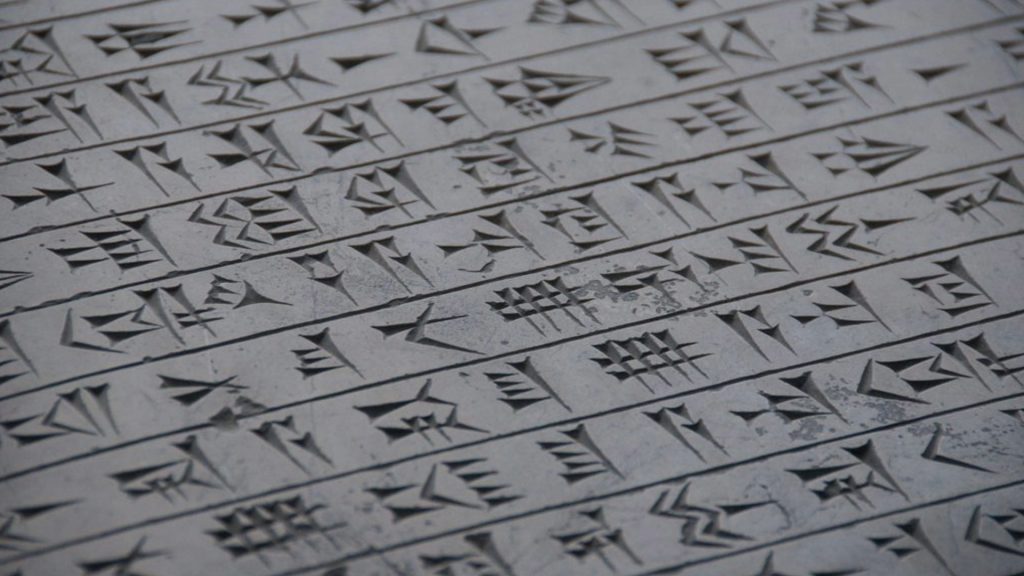
This system allowed them to develop advanced geometry, perform algebra, and make accurate calculations. The base-60 system gave them the flexibility to adapt the numbers to their needs and to have precise fractions.
Who Was Gudea?
Gudea was an ancient Sumerian leader who ruled over the state of Lagash between 2080 and 2062 BC. During this time period, Lagash, which was located in Southern Mesopotamia, was at its cultural peak. Several construction projects were commissioned under Gudea’s rule.
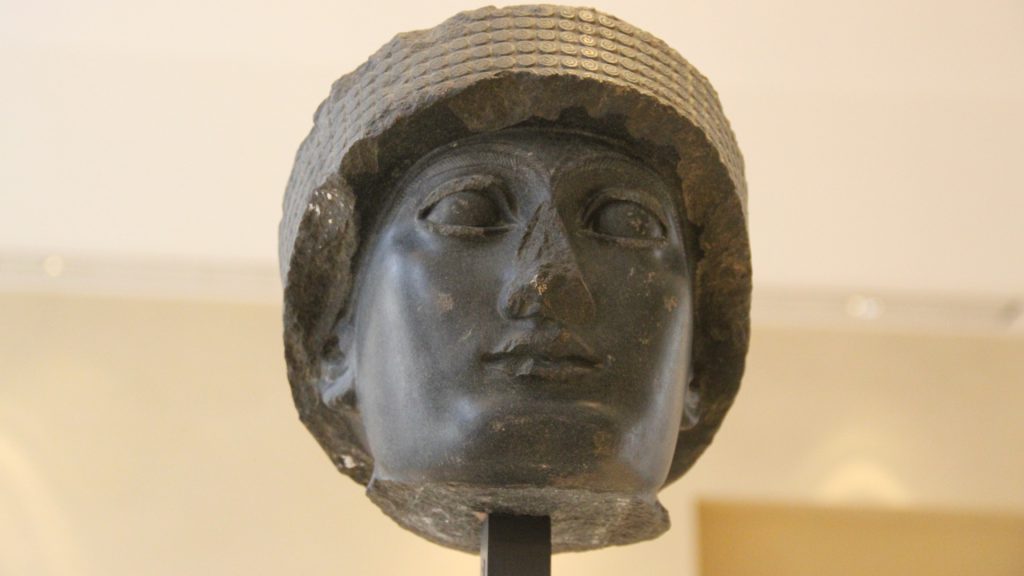
Gudea was instrumental in these building projects. He is credited with building temples, irrigation channels, and other structures using the finest building supplies from across the region. Material was brought in from Egypt, Lebanon, Oman, Arabia, and Asia.
The Statue of Gudea
So far, more than two dozen statues of Gudea have been unearthed. They all are similar in that they depict him with inscriptions explaining that he had a divine dream. In the dream, he was giving instructions – a “sacred code” – for building these structures.
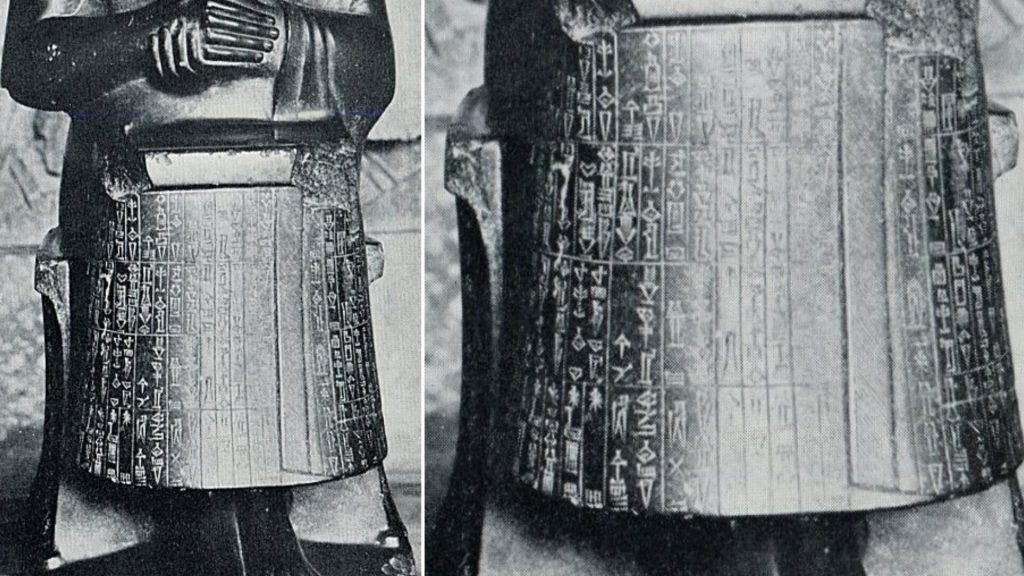
The statues also show Gudea with some sort of measuring instrument, like a ruler. The tool has lines that presumably marked measurements. Just what those measurements represented, however, were unknown for years.
A Puzzle to Solve
Since the first statue of Gudea was found, scholars have wondered what the increments on the measuring tool meant. Were they inches? Feet? Meters? Cubits? Or, another measurement system? For approximately 140 years, experts have puzzled over it.
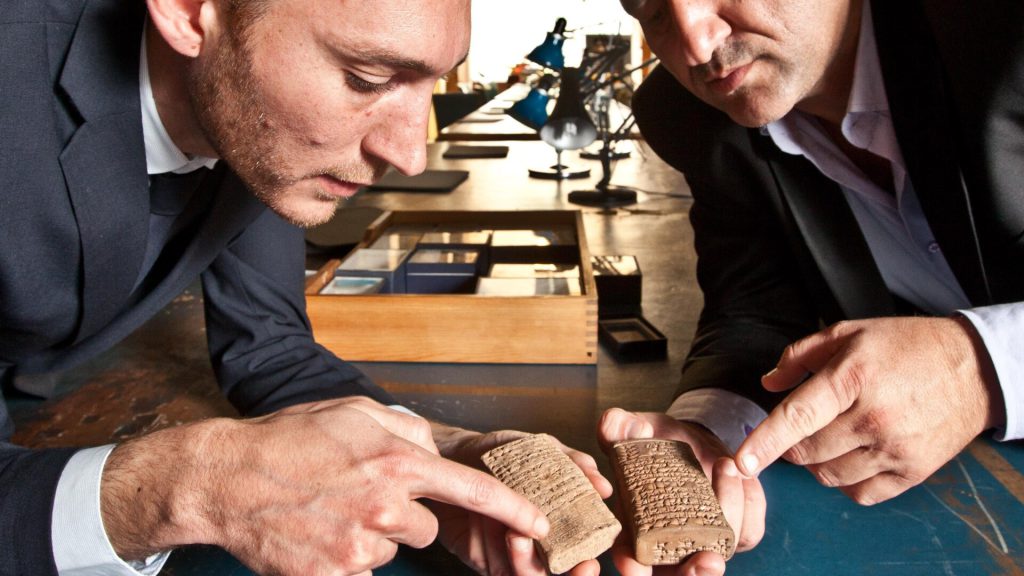
The tally marks on the ruler-like device included six lines. That gave the researchers their first clue. According to Dr. Sebastien Rey, an archaeologist and director of the British Museum’s Iraqi project, “This has taken 140 years to crack. It is a very important moment.”
Mathematics Was Mysterious and Sacred
Rey explained, “Mathematics would have seemed divine to the Sumerians. This was a sacred mathematics on architectural plan, a sacred code.”
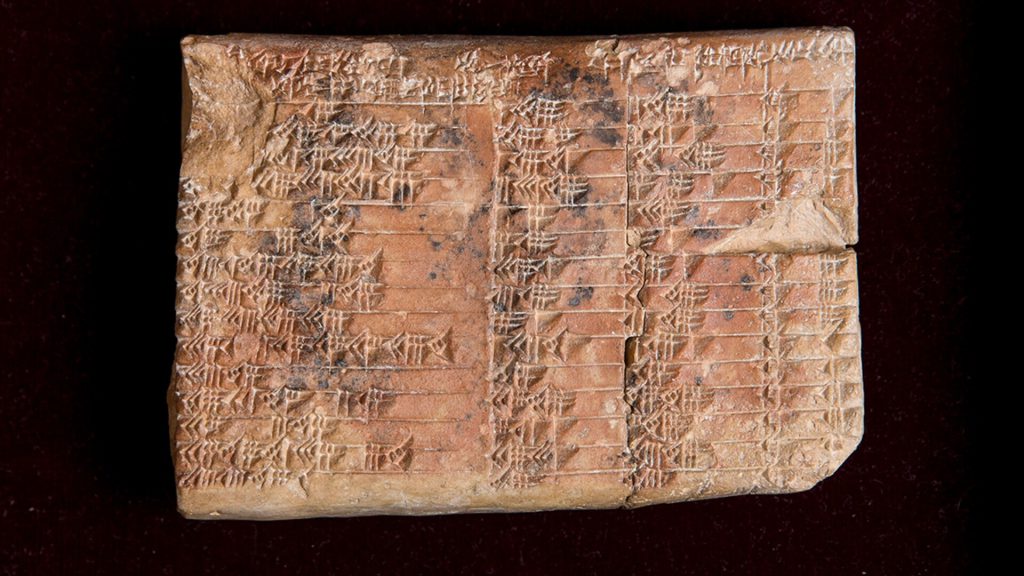
Mathematics, especially advanced mathematics, would have seemed mysterious to the ancient Sumerians. It would have seemed divinely inspired, just as Gudea explained.
A Repeating Set of Measurements
One theory that had been developed by Rey and his team suggested that the Sumerian system of measurements differed from today’s system in that there was an endpoint. He explained that when we measure distances today, the numbers keep going. We can just add more numbers and the measurement can go on forever.
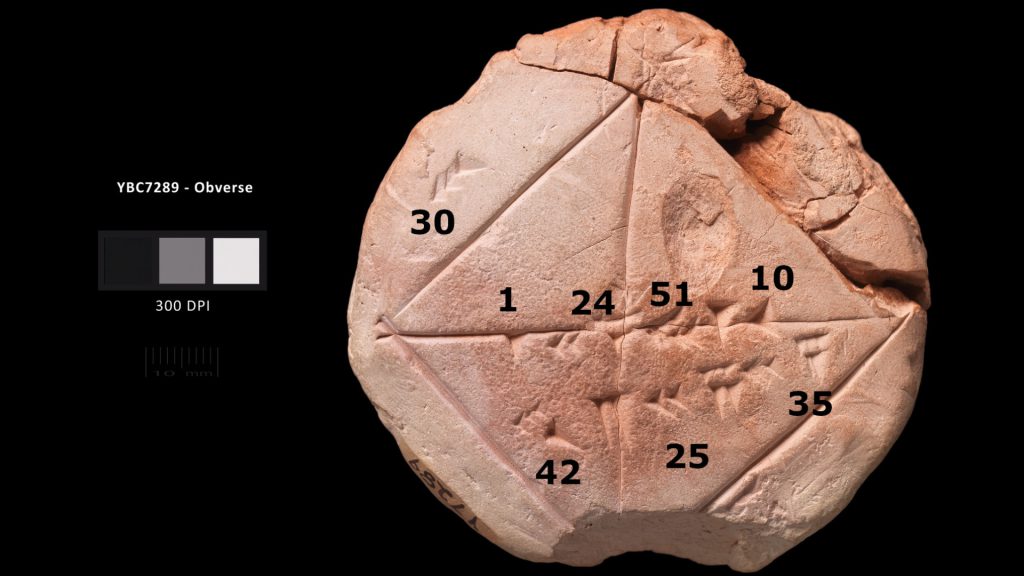
Under the Sumerian system, he posits, the numbers have an ending. When the measurement hits this point, it goes back to the beginning and starts again. Architectural blueprints would then look like a series of repeating measurements.
The Breakthrough
After archaeologists discovered a lost temple near the ancient city of Girsu, Iraq, and determined that it was the temple that was built according to Gudea’s detailed plans that were given to him in a dream, they made a breakthrough in deciphering the sacred code.
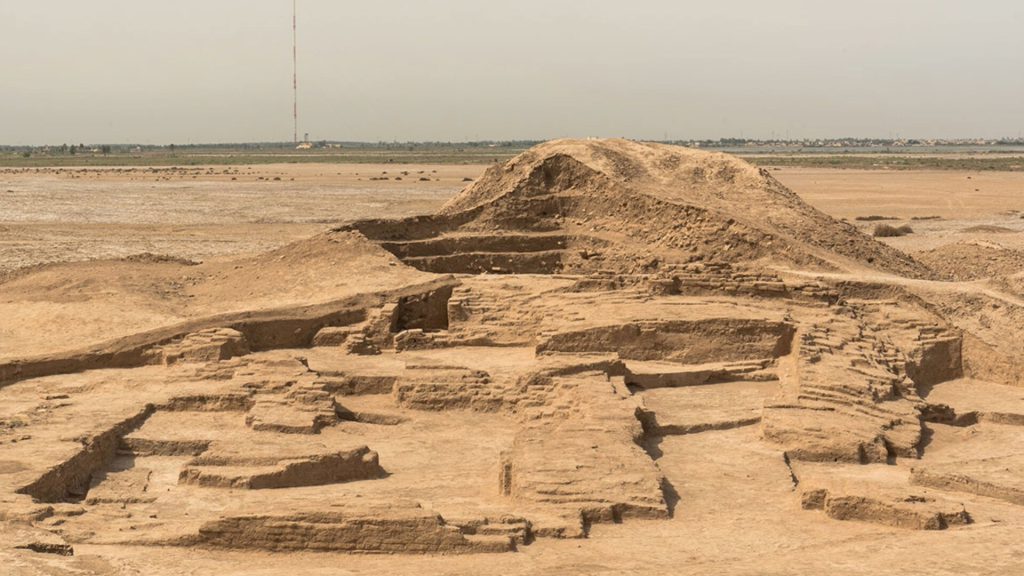
Various experts had proposed theories about the marks on the measuring tool, but without the end product, they could not test their theories. The discovery of this ancient Sumerian temple finally gave them that opportunity.
Additional Evidence
Archaeologists excavating the ruins of an ancient Sumerian palace recently discovered a broken clay tablet. On the tablet, researchers noticed the same measurement marks that are on the statues of Gudea.
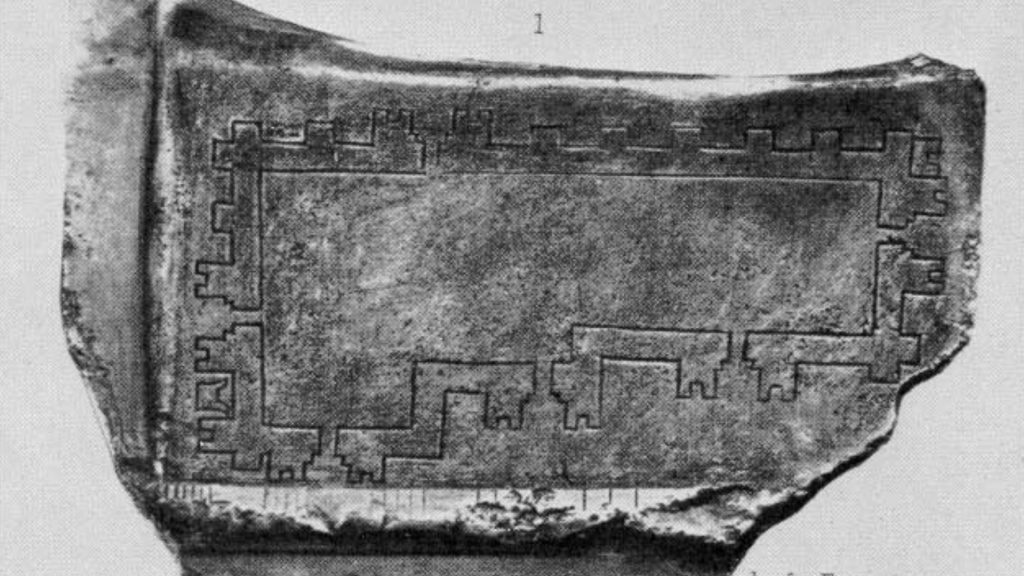
Rey and the other archaeologists wondered if there was a correlation between that and the measuring tool on the statues. “This shows that Gudea did indeed build a temple after being told to do so in a dream, and reveals that Sumerians were capable of scaling models up and down,” he explained. “The plan matches the temple site perfectly.”
Measuring to Scale
The researchers carefully mapped the recently uncovered temple using their theoretical measuring system based on the ruler depicted on the statue, but one that repeats itself. They realized that the “one to six” system worked.
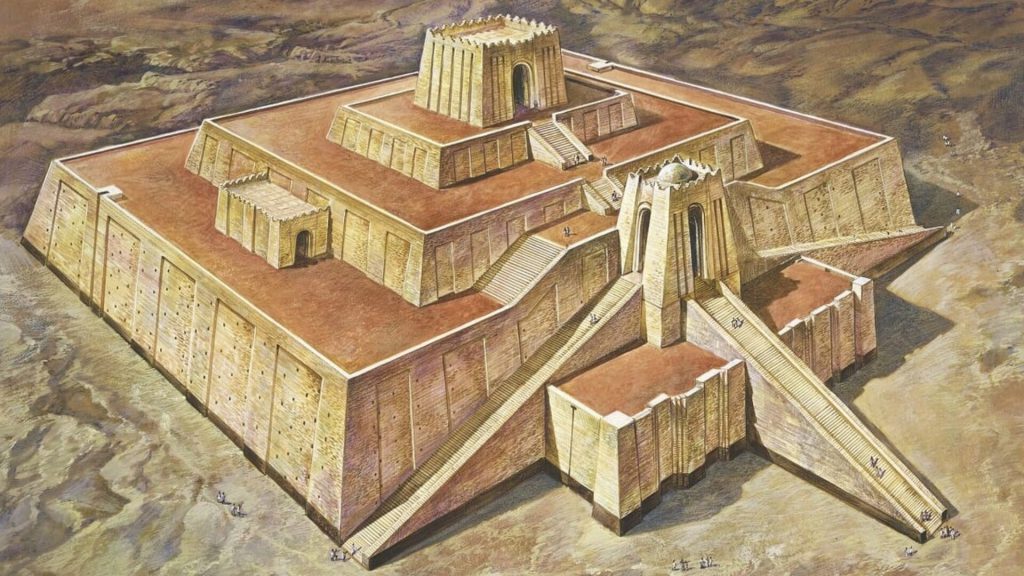
The ancient temple, as Rey noted, was built fitting this mathematical pattern. He added that we do not know the math terms the Sumerians used, but we now know that one unit on the ruler corresponds to about eight meters in today’s measurements.
Looking at Other Ancient Structures Through the Sumerian Lens
Armed with this new knowledge about the Sumerian sacred code of architecture, Rey and his team began looking at other ancient structures to see how they stacked up against the Sumerian measuring system. The results shocked them.
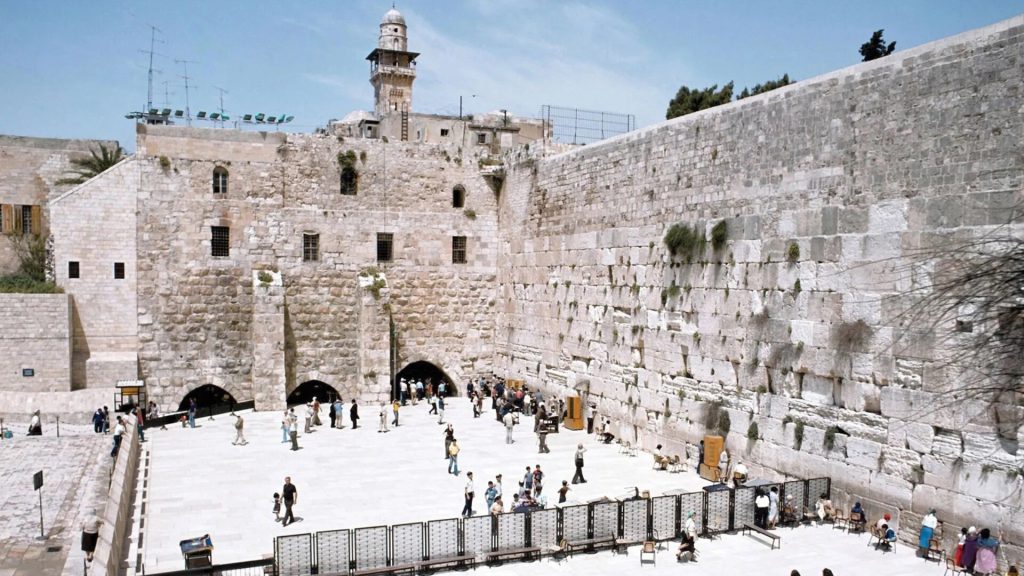
The building instructions that Gudea used – the ones he claimed were divinely given to him – are also noted in the Bible. Rey explained, “It is like the precise measurement we see in the Bible in a much later period, those of the Arc, or the Temple of Solomon.”
Sharing Their Knowledge?
By deciphering the sacred code of the Sumerian builders and learning the meaning behind the ancient measuring tool used by Gudea and included on his statues, modern-day researchers have been able to see how the world’s oldest known culture was about to develop blueprints and scale models of their grand building projects using advanced mathematics.
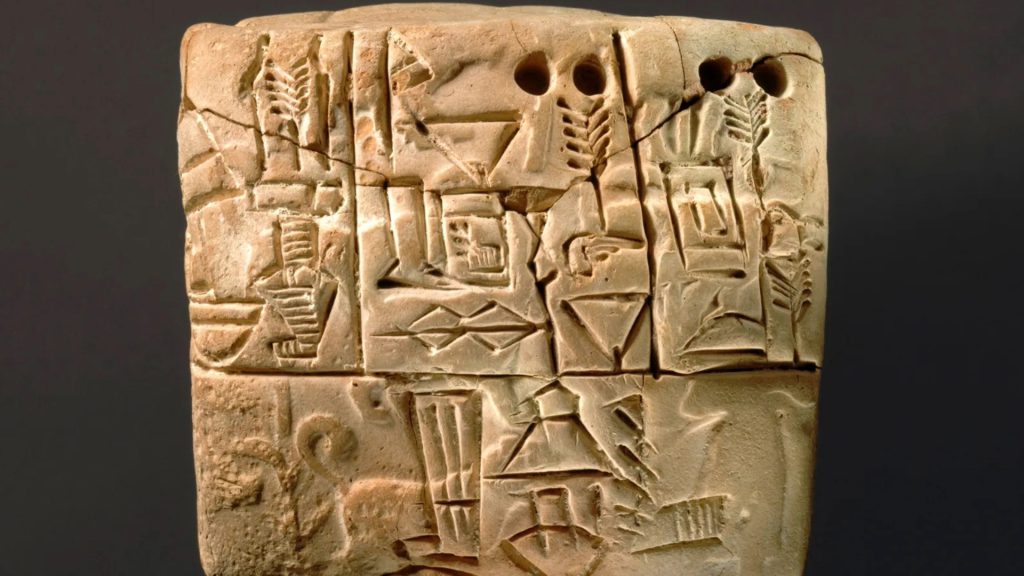
When we see the same system of mathematics being applied to temples, palaces, and other structures built by later cultures, it brings up an intriguing possibility. Did the Sumerians instruct others on how to use their sacred code? Or did subsequent societies crack the code themselves?
The Bible as a Collection of Knowledge
Aside from its divine instructions, the Christian Bible is also a repository of knowledge intended to serve as a guide for helping people live their lives. We know that the authors of the Bible collected stories and information from older sources when compiling this holy reference book.
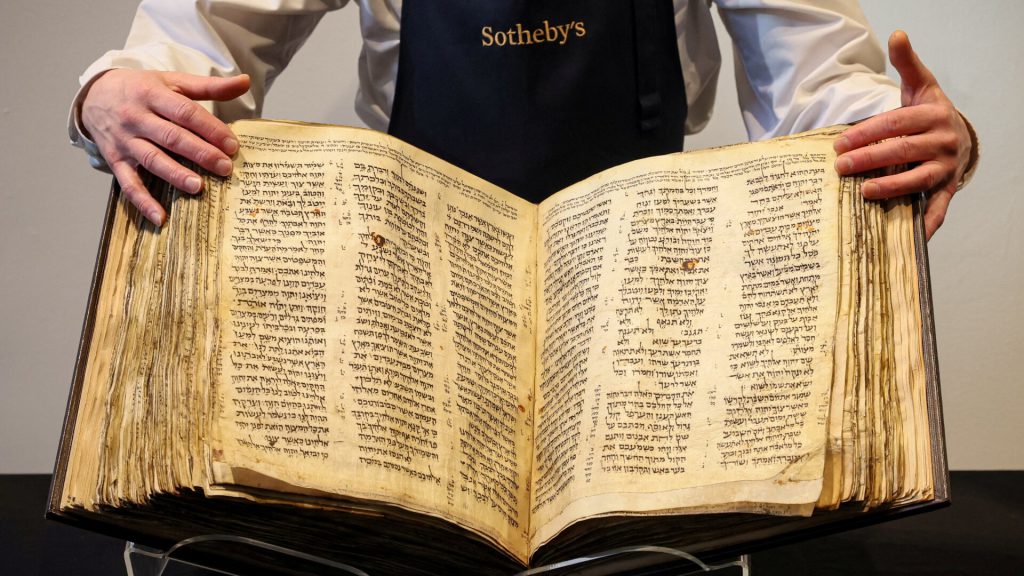
It is possible and highly likely that they purposely included such information as the ancient Sumerians’ sacred code as a practical example of advanced mathematics that could help the Bible’s readers know how to build large-scale temples themselves. Like the Temple of Solomon, for example.

